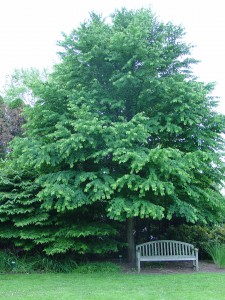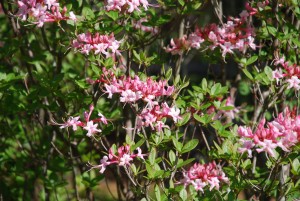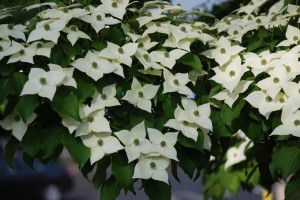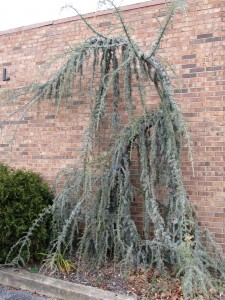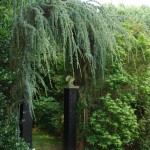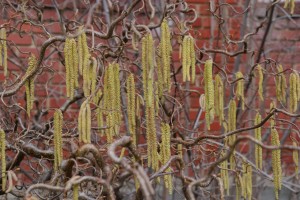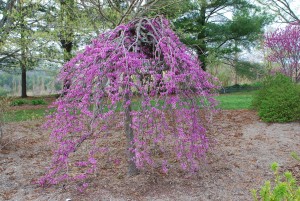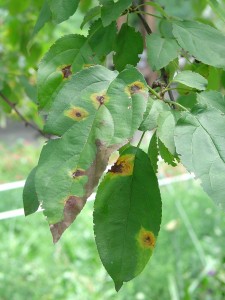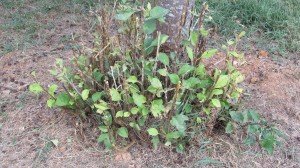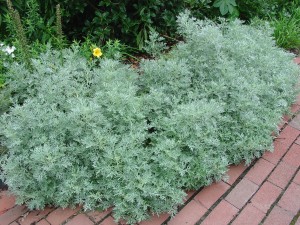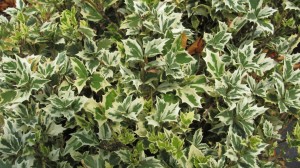Katsura tree (Cercidophyllum japonicum) is a large 50-60 feet tall tree from Japan and China. Katsura became extinct in North America during the Pleistocene Age and was re-introduced in 1862 by botanist Thomas Hogg. It is truly a beautiful tree, yet is still rarely planted.
Katsura is hardy in zones 4-8. It prefers a moist well-drained, compost-rich soil in a full sun to partial shade setting. Katsura’s annual growth rate is medium to fast, and develops either single or multi-trunked.
Spring foliage is unique, 2-4 inch wide circular leaves edged with tiny round -edged teeth. New leaves emerge reddish purple, quickly turns matted green, then to blue green in summer, and muted yellow-orange in autumn. On a cool late September morn the maturing Katsura foliage fills the autumn air with a cinnamon-like fragrance. Katsura is dioecious, an individual tree either male or female. The latter forms tubular seed capsules which disperse thin circular winged seeds on a windy October day.
Nursery stock is predominantly balled and burlapped (b&b), but container grown trees are becoming more available. Most full service garden centers can order it for you or purchase one on-line.
Katsura requires ample space such as in large residential lots, public parks, golf courses, and commercial properties. Foliage stays pest free.
Katsura cultivars abound starting with ‘Amazing Grace’, an exquisite weeping form with exceptional blue-green foliage.

